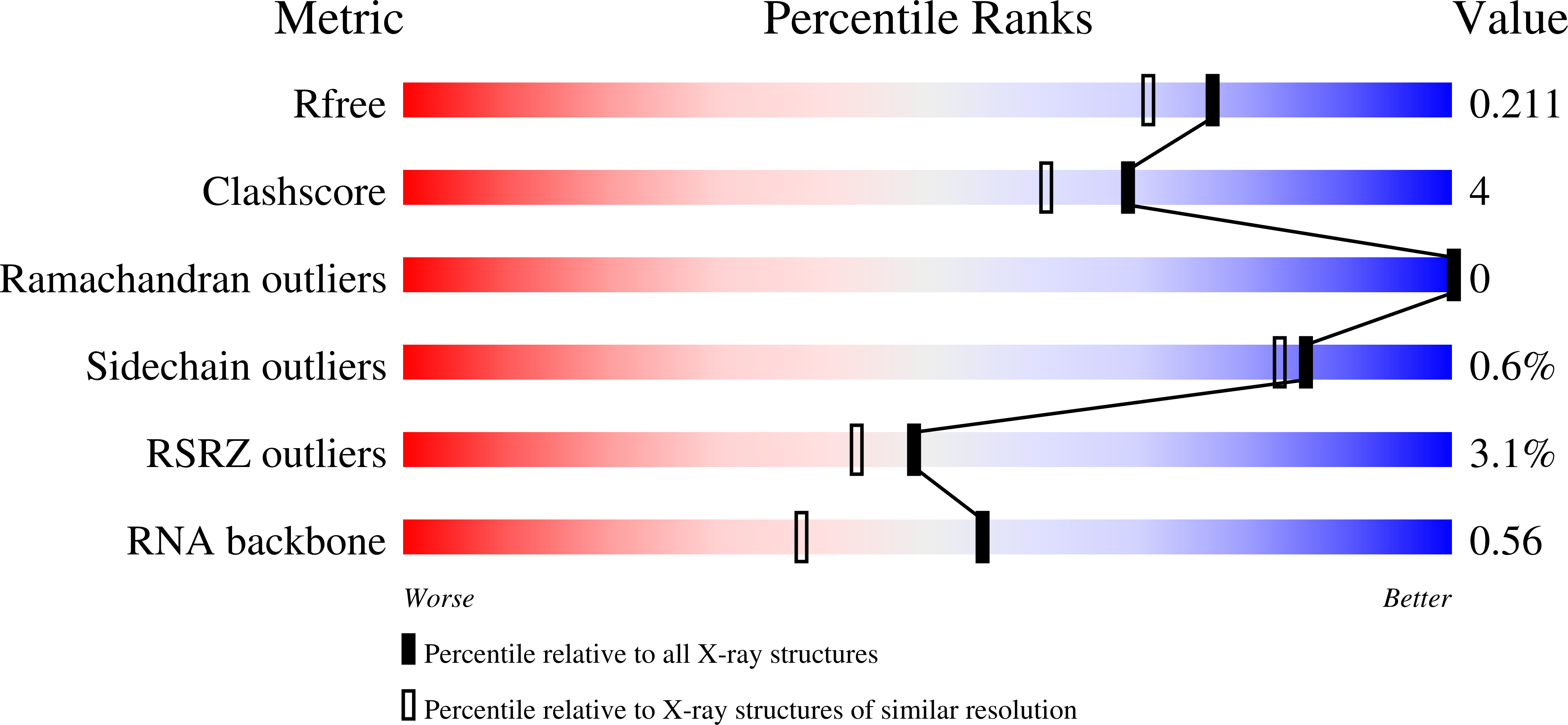
Deposition Date
2022-05-28
Release Date
2022-11-30
Last Version Date
2024-11-20
Entry Detail
PDB ID:
8D29
Keywords:
Title:
Crystal structure of theophylline aptamer - apo form
Biological Source:
Source Organism:
Homo sapiens (Taxon ID: 9606)
synthetic construct (Taxon ID: 32630)
synthetic construct (Taxon ID: 32630)
Host Organism:
Method Details:
Experimental Method:
Resolution:
1.81 Å
R-Value Free:
0.21
R-Value Work:
0.17
R-Value Observed:
0.17
Space Group:
P 1


